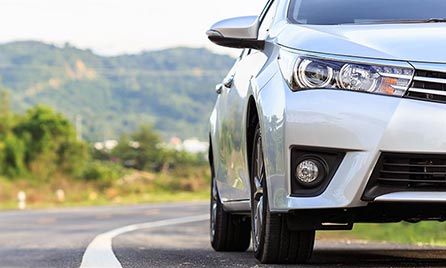- text
-
* Savings between $0 to $320 derived from premium comparisons between Everyday Comprehensive car cover option and Drive Less Pay Less option. Calculations based on profiles of existing Everyday Car Insurance customers who drive 15,000km or less annually. Current as at 06 March 2024. Eligibility for Drive Less Pay Less and actual savings is determined by your individual circumstances, including the kilometres selected and other risk factors and underwriting criteria. Minimum premiums may reduce savings. Kilometres can be increased to a limit of 15,000km per period of insurance for an additional premium. In the event of a claim, if the end odometer reading is exceeded, an additional Outside odometer excess will apply.
Understanding excess in car insurance.
What is a car insurance excess?
An excess is the amount of money you pay or contribute towards a claim you’ve made. Depending on the type of car insurance policy you have, there is a basic excess, and there might be other additional excess(s) listed on your Certificate of Insurance.
An excess helps contribute towards the cost of repairing, fixing, or replacing an insured vehicle. The cost of your excess may vary depending on the type of car you drive, your age, your driving experience, and your premium.




